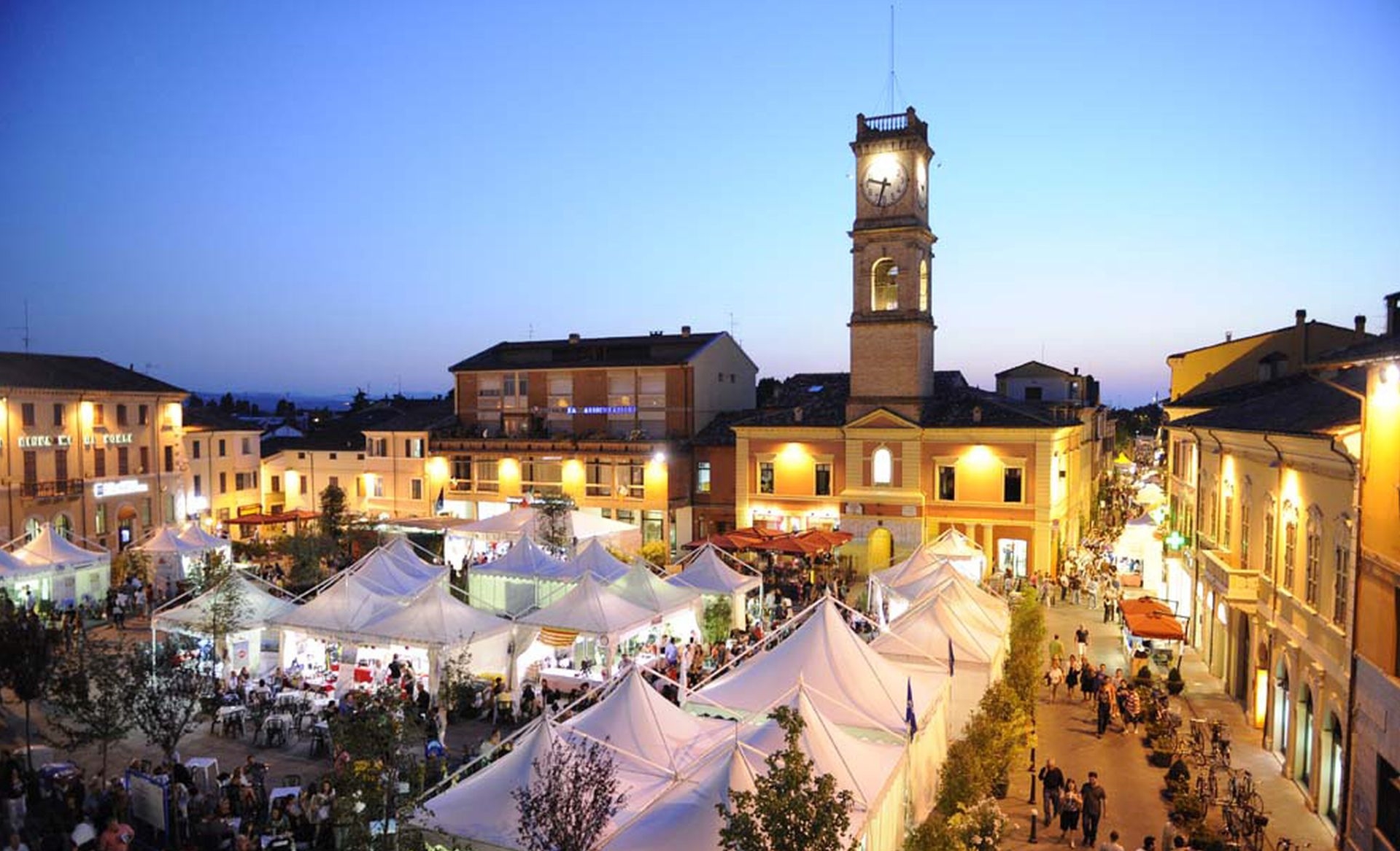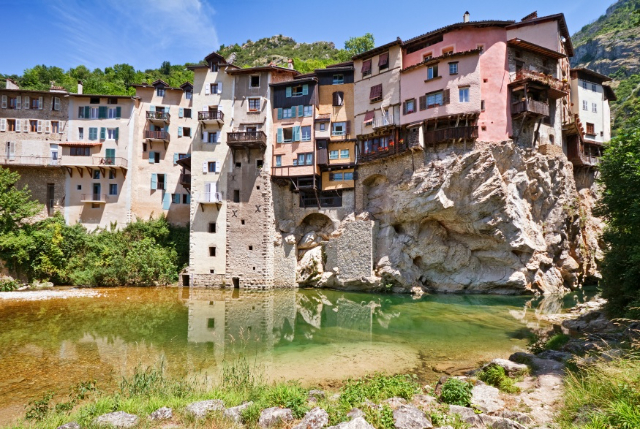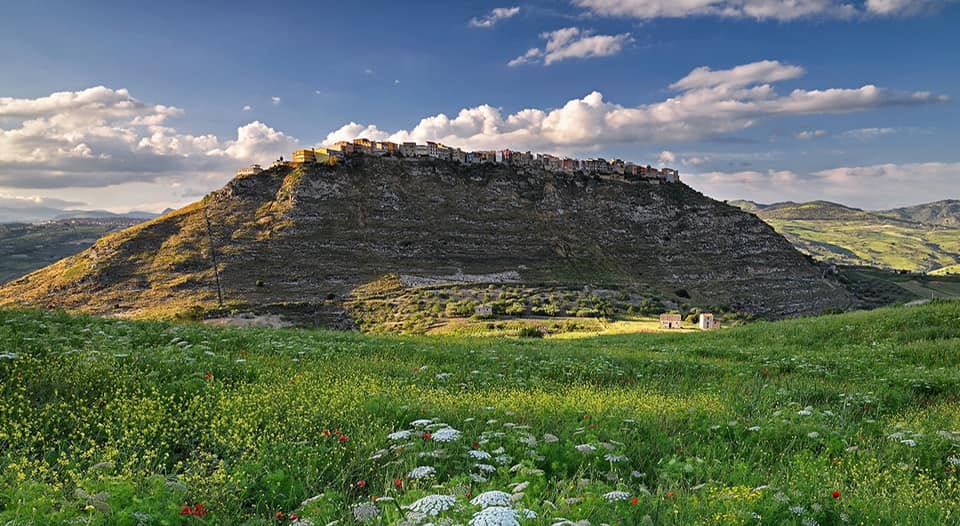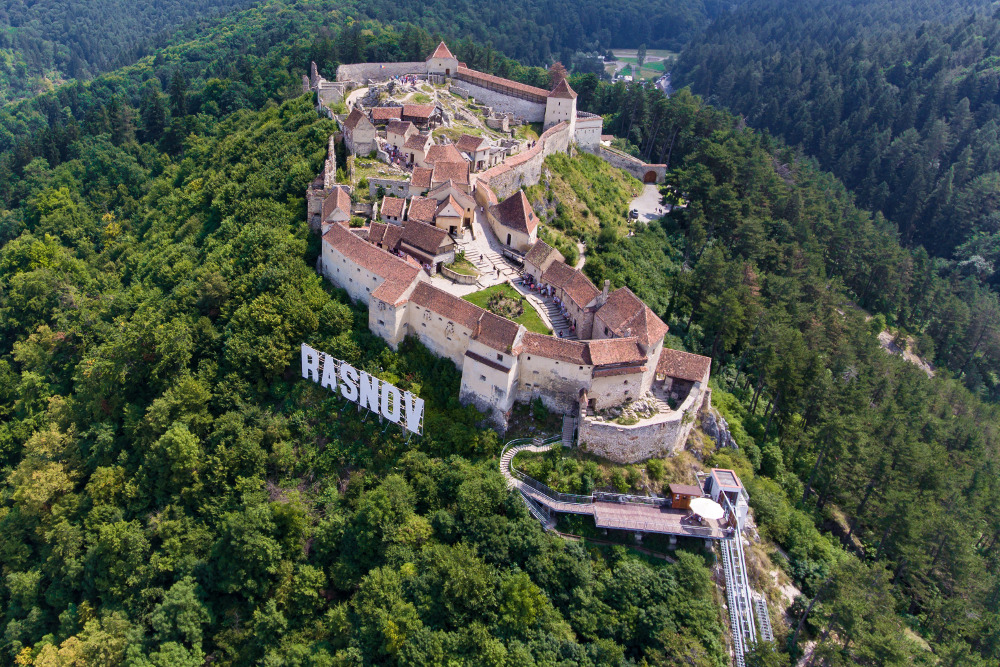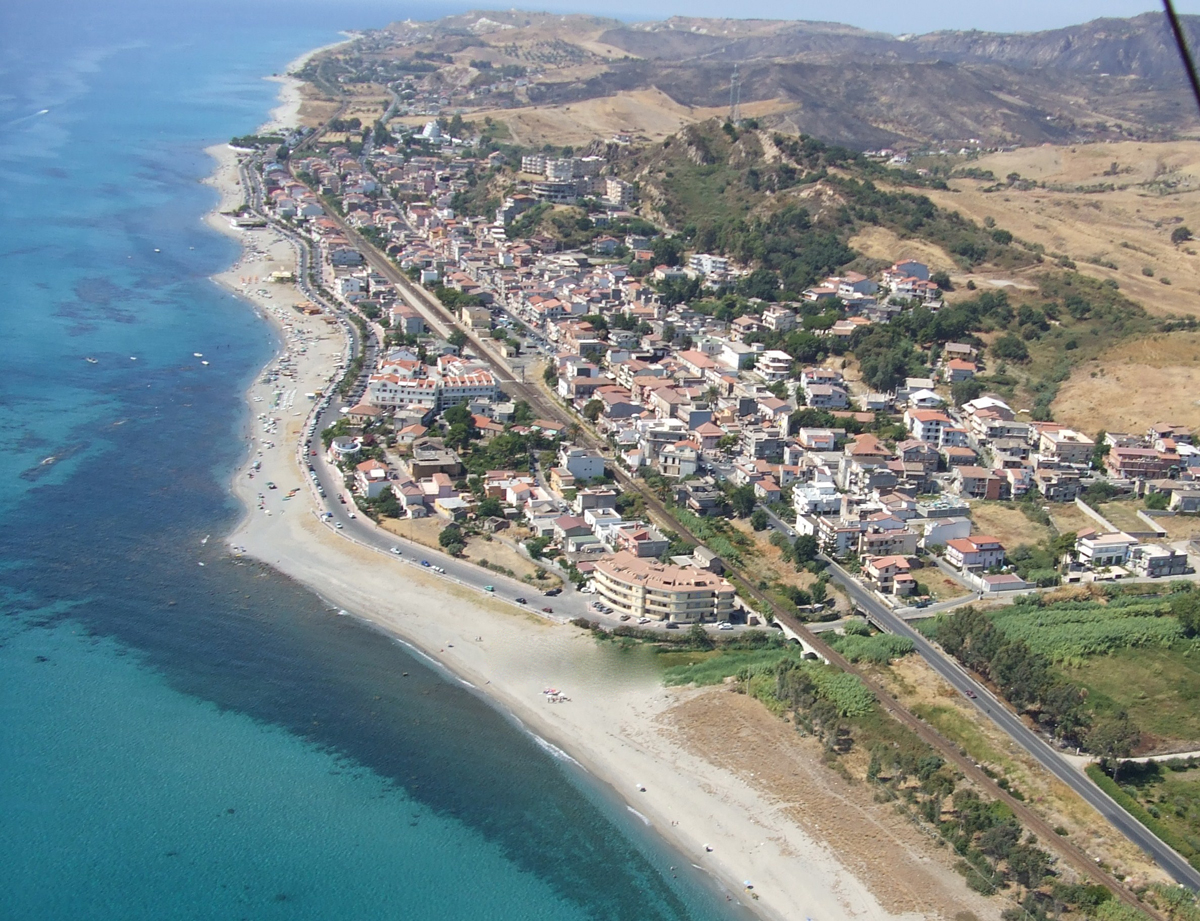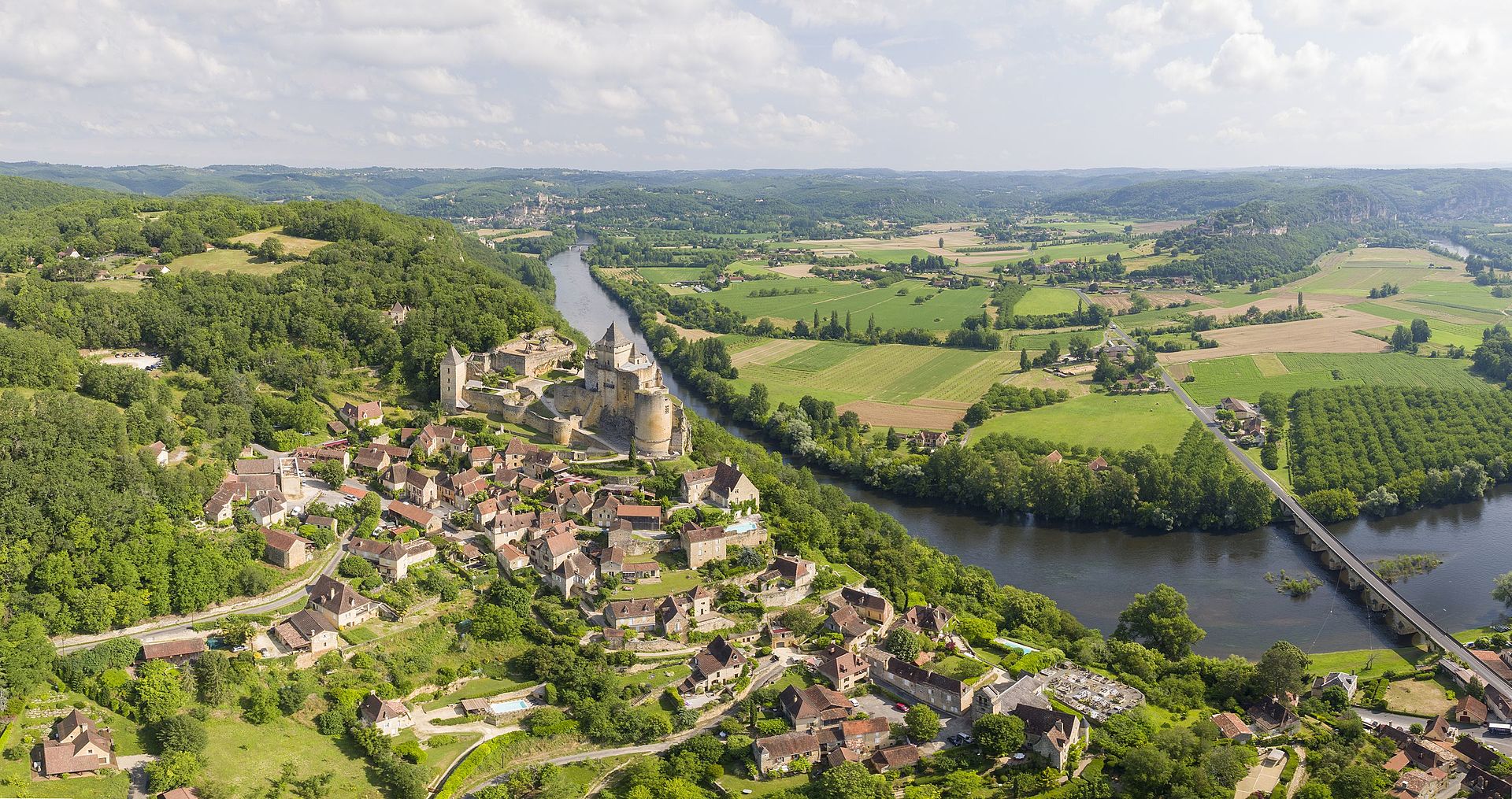A few kilometres from the city centre, in the direction of Cesena, you will find Forlimpopoli. The respective squares are now joined by a cycle path that allows you to move around comfortably by bike.
The town of Artusi organizes important annual events such as the Festa Artusiana, in honor of Pellegrino Artusi at the beginning of the summer, or the Segavecchia at the end of March, but in general it is beautiful all year round. Although the town is best known today for being the birthplace of the famous man of letters and gastronome Pellegrino Artusi (Forlimpopoli 1820-Florence 1911), so much so that it has been called the Artusi City, Forlimpopoli also boasts a past rich in history.
Founded by the Romans in the 2nd century B.C. and visited by pilgrims on their way to Rome in the Middle Ages, it still has several important monuments, such as the square-shaped Rocca Albornoziana, which dominates the main square.
Built in the mid-fourteenth century on the ruins of the ancient cathedral, the fortress still houses the town hall, but are its underground rooms to hide the history of the town hosting the Archaeological Museum "T. Aldini" with artifacts and artifacts from the Paleolithic, Roman (including mosaics and amphorae), medieval and late medieval found in the surrounding area.
Also of importance is the Chiesa dei Servi which stands close to the Piazza. Built towards the middle of the 15th century, it was however at the beginning of the 18th century that the building received its present appearance: a series of constructions at the top of which stands the characteristic 18th century tower, which is higher than the bell tower. In the richly decorated and elegantly furnished interior, six large niches with altars adorned with valuable paintings stand out, including an altarpiece of the Annunciation painted by Marco Palmezzano.
An example of 6th century architecture is the Collegiate Church of S. Ruffillo, which preserves the relics of the Saint, the first bishop of Forlimpopoli. It was rebuilt during the 15th century and restored in 1821.
